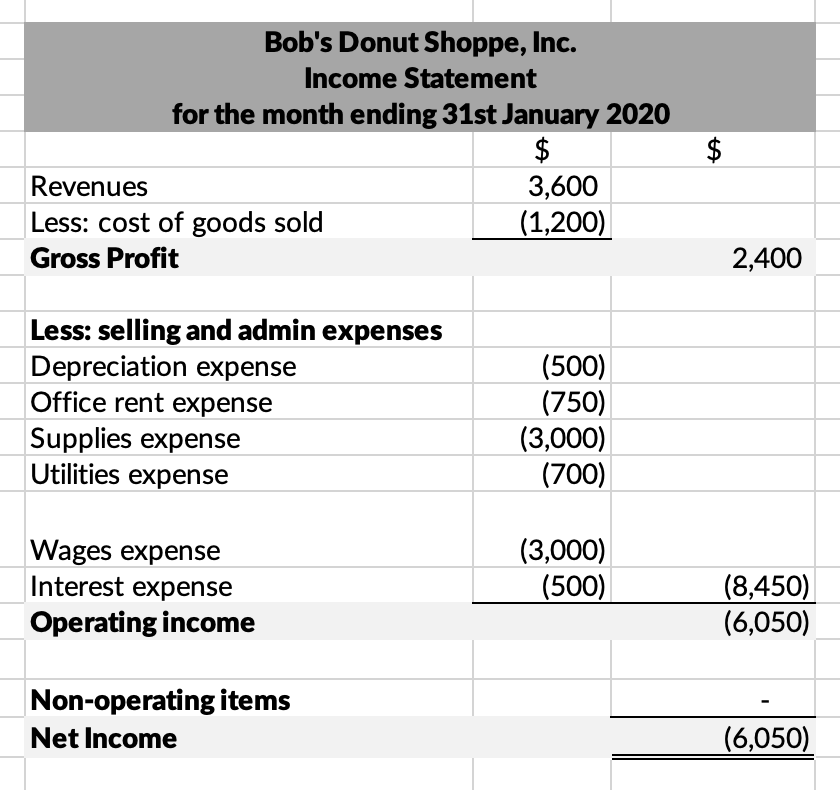
In fact, most jurisdictions have requirements for trust account reconciliation. For example, you may need to reconcile your trust account bank statement with client balances at a specific frequency, such as monthly or quarterly. Bank reconciliation means comparing your bank statement’s listed transactions with your business’s internal records, then adjusting your internal accounting records to ensure they’re accurate. It’s also the foundation of small-business accounting and bookkeeping, so you’ll want to familiarize yourself with the process as soon as possible—you’ll be doing it pretty often. Otherwise it may be necessary to go through and match every transaction in both sets of records since the last reconciliation, and identify which transactions remain unmatched. The necessary adjustments should then be made in the cash book, or reported to the bank if necessary, or any timing differences recorded to assist with future reconciliations.
Bank Fees
This relatively straightforward and quick process provides a clear picture of your financial health. Consider reconciling your bank account monthly, whether you set aside a specific day each month or do it as your statements arrive. One of the most common causes of discrepancies in bank reconciliations is delays in deposit and transaction processing. Checks sent or received at the end of the day, or toward home office deduction the end of the month, may be subject to delay which will prevent them from being included on the bank statement.
This process is important because it ensures that you can identify any unusual transactions caused by fraud or accounting errors. As a business, what is fixed cost the practice can also help you manage your cash flow and spot any inefficiencies. We strongly recommend performing a bank reconciliation at least on a monthly basis to ensure the accuracy of your company’s cash records. A monthly reconciliation helps to catch and identify any unusual transactions that might be caused by fraud or accounting errors, especially if your business uses more than one bank account. A bank reconciliation is an essential process for ensuring that your company’s financial statements match the available cash in your business bank account. Performing regular bank reconciliations helps you stay on top of cash flow, keep organized records for tax season, and minimize the risk of fraud and theft.
The entries in the entity’s books to rectify the discovered discrepancies (except for the outstanding cheques) would typically be made in a subsequent date or period, not backdated. When cheques become stale (ie., out of date), they would typically be reversed, not cancelled. All of your bank and credit card transactions automatically sync to QuickBooks to help you seamlessly track your income & expenses. By taking advantage of technology and automation in this way, you can save time and avoid duplicate data entry errors. Business.org explains more about what bank reconciliation is, why (and how often) you should do it, and how to make bank reconciliation both fast and accurate. We offer reconciliation reports, discrepancy identification, and live accountants to work with for ease and confidence when closing your books.
Step 2: Reconcile internal trust accounts and client ledgers
- Most reconciliation modules allow you to check off outstanding checks and deposits listed on the bank statement.
- You should perform bank reconciliation at least every month—which is how often your bank sends a bank statement.
- Adjust the cash balances in the business account by adding interest or deducting monthly charges and overdraft fees.
- If you’re searching for accounting software that’s user-friendly, full of smart features, and scales with your business, Quickbooks is a great option.
First, make sure that all of the deposits listed on your bank statement are recorded in your personal record. If not, add the missing deposits to your records and your total account balance. The goal of bank account reconciliation is to ensure your records align with the bank’s records. This is accomplished by scanning the two sets of records and looking for discrepancies. If you find any errors or omissions, determine what happened to cause the differences and work to fix them in your records. In cases where you discover discrepancies that cannot be explained by your financial statements, it’s best to contact your bank.
Bank Reconciliation Statement
For example, say ABC Holding Co. recorded an ending balance of $500,000 on its records. After careful investigation, ABC Holding found that a vendor’s check for $20,000 hadn’t been presented to the bank. It also missed two $25 fees for service charges and non-sufficient funds (NSF) checks during the month. Financial negative retained earnings statements show the health of a company or entity for a specific period or point in time.
When preparing a bank reconciliation statement, a journal entry is prepared to account for fees deducted. Book transactions are transactions that have been recorded on your books but haven’t cleared the bank. As a small business, you may find yourself paying vendors and creditors by issuing check payments. If you use accounting software, then your reconciliation is done largely for you. However, as a business owner, it’s important to understand the reconciliation process. Go through both statements and highlight any transactions that appear on only one side.
Bank Reconciliation Process Flow

Note that transactions may take a few days to clear, so the transaction date in your financial records may not precisely match the date on your bank statement. If there are any differences between the accounts and the amounts, these differences need to be explained. Reconciling your bank statements allows you to identify problems before they get out of hand. Bank reconciliation might seem complicated the first time you try it, but it gets easier with practice—and trust us, you’ll have lots of opportunities for that.
